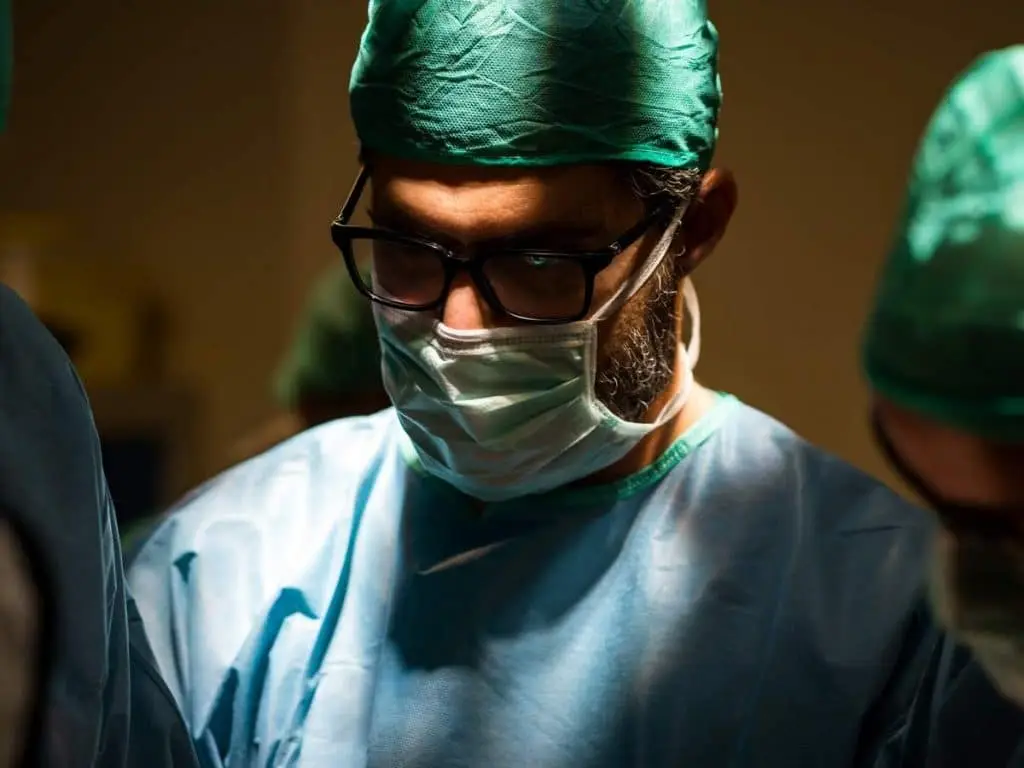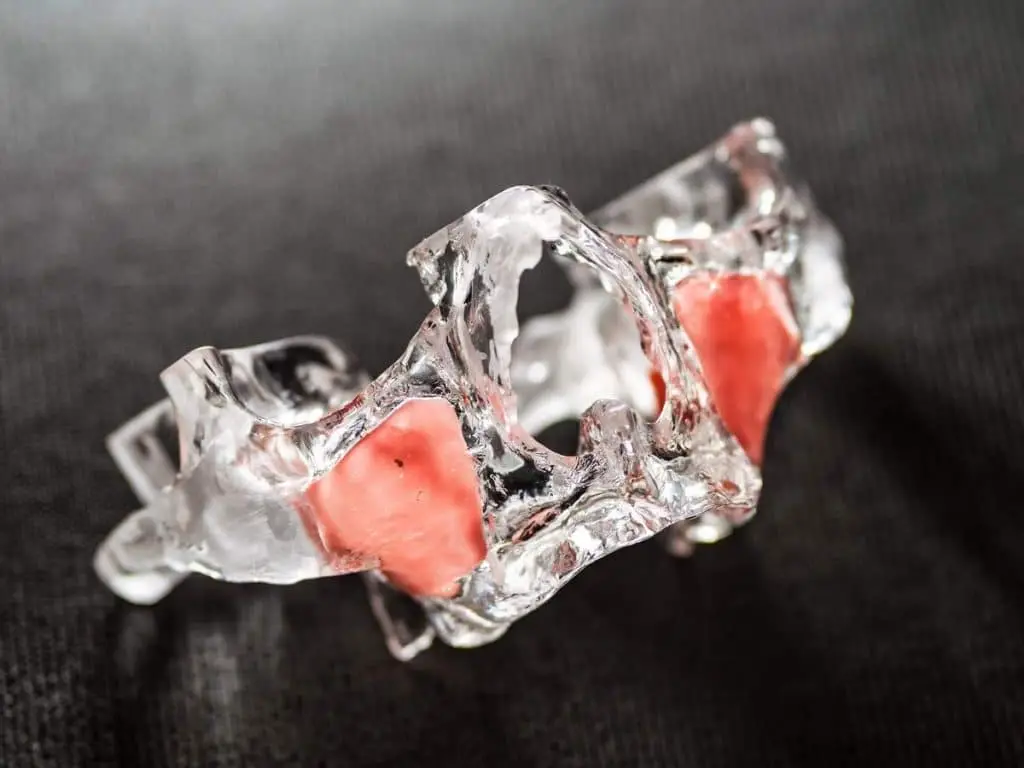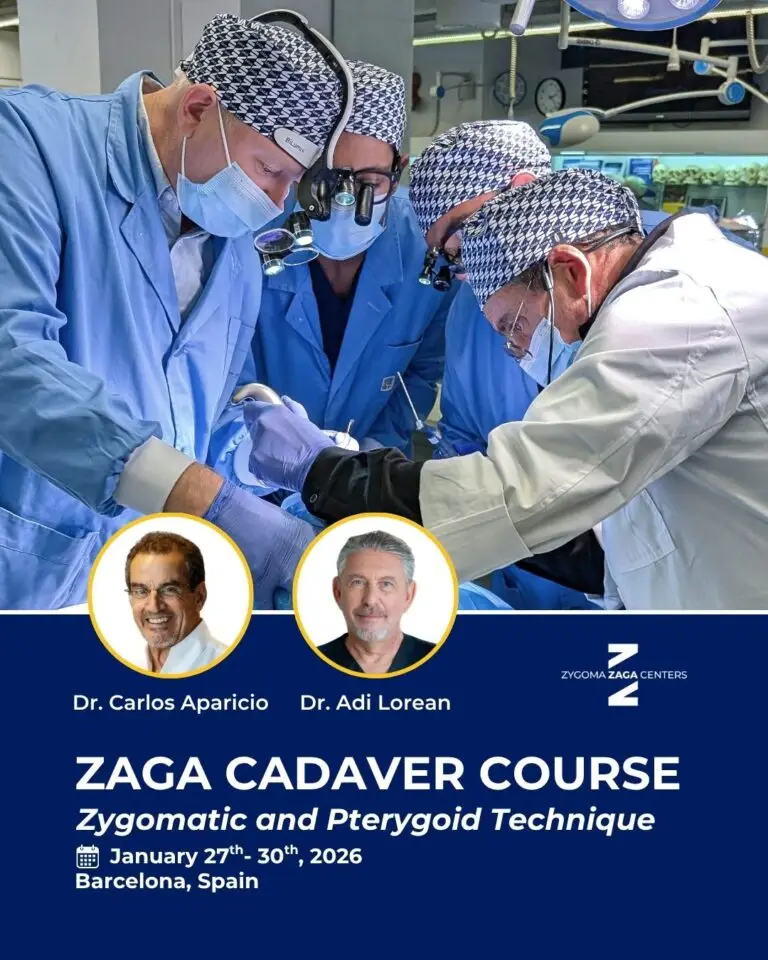
Aparicio, C., Ouazzani, W., Aparicio, A., Fortes, V., Muela, R., Pascual, A., Codesal, M., Barluenga, N., Manresa, C., & Franch, M. (2010). Extrasinus zygomatic implants: three year experience from a new surgical approach for patients with pronounced buccal concavities in the edentulous maxilla. Clinical Implant Dentistry and Related Research, 12(1), 55–61. https://doi.org/10.1111/j.1708-8208.2008.00130.x
Ever since professor Brånemark introduced us to the world of zygomatic dental implants back in the late 1990s, they’ve been seen as the ideal way to support implant-based restorative procedures for full and partially edentulous patients who are missing bone in the upper posterior maxilla. While originally they were used to assist patients who underwent maxillectomy surgery (the removal of all or part of the maxilla bone), the indication was widened a few years later to take into account more routine edentulous cases.
Over the last decade or so, several follow-up studies reported high survival rates involving zygomatic implants. However, the surgical approach for zygomatic dental implants prescribes an ‘intra-sinus approach’ (that is the placement of the implant within the boundaries of the maxillary sinus while keeping the sinus membrane intact). While this process works on the whole, in those patients with a pronounced buccal concavity, that same process can be extremely challenging.

Because of the shape and proximity of the concavity, standard protocols suggest that the implant head is best positioned some distance from the alveolar crest in a palatal direction. The problem is that this form of placement often results in a bulky dental bridge which will often cause the patient some discomfort. So what if there was a better way of placing the implant in order to avoid any visible ridges, but still deliver optimum strength? This is what a study set to find out…
Extrasinus Zygomatic Implants Placement
Back in 2004, the study was conducted to evaluate a new surgical technique that had recently been pioneered. The technique involved the placing of zygomatic implants in such a way that that the implant head emerged in the center of the alveolar crest, thus avoiding any visible and bulky dental ridge.

20 consecutive edentulous posterior maxilla patients were treated. They consisted of 9 women and 11 men who were aged between 44 and 62 years. All patients were deemed healthy and were treated between October 2004 and October 2005. In addition, every patient had pronounced buccal concavities. In total, 104 regular and 36 zygomatic implants were placed. 16 patients were treated bilaterally and 4 more were treated unilaterally. All patients were treated using a general anesthetic and localized injections of Lidocaine/Epinephrine. They were also given antibiotics prior to surgery.
During surgery, incisions were made to expose the posterior vestibular canal and flaps were raised to expose the crest of the alveolar. The lateral wall of the maxillary sinus and the inferior rim of the zygomatic arch were also exposed. To ensure the best visibility of the zygomatic bone, a retractor was used. The placement was preplanned by striving for a trajectory that ended up with the implant head at or very near the top of the alveolar crest; usually near the first or second premolar positions. The implant site was prepared by drilling from the palatal crest pointing towards the zygomatic arch without opening the maxillary sinus. The standardized drilling protocols were then followed for zygomatic implant placement.
104 regular and 36 zygomatic implants were placed
Bypassing the body of the implant from the alveolar crest through to the buccal concavity and ending up in the zygomatic bone, it enabled the best placement of the head of the implant at or very near the alveolar crest, while ensuring perfect positioning through into the zygomatic bone. In fact, results showed that the zygomatic implants emerged 3-8 mm palatal on average, to the top of the crest, compared with 11.2 mm using the conventional intra-sinus technique.
The follow-up…
Once the surgery was complete, all patients were then followed for a duration of between 36-48 months after occlusal loading with a mean follow-up of 41 months. During this time, check-ups included regular oral hygiene assessments, prosthesis stability, and soft tissue health. In addition, other mechanical complications were also assessed. Finally, the zygomatic implants in relation to the alveolar crest were measured against a control group of 20 patients, all of whom were treated conventionally using the standard ‘intra-sinus’ approach.
The Results
Firstly, the healing period…
The healing period for all 20 patients who received extra-sinus zygomatic implant placement was normal with some experiencing slight post-operative pain and swelling. However, any pain and swelling documented were easily controlled using a combination of over-the-counter analgesics and compresses.
4-48 months after
In all 20 patients, there were no signs of infection in either the oral cavity or in the area of the maxillary sinus up to and including the 36-month check-up. In all cases, the extra-sinus part of the zygomatic implant was covered by mucosa and no pain was felt within the area.
Key conclusion
The 3-year study proved that an extra-sinus approach can be safely adopted

The 3-year study proved that an extra-sinus approach can be safely adopted for those patients who experience advanced buccal concavities in the posterior maxilla area; And that a zygomatic implant can be placed as near or at the alveolar crest in order to avoid any tell-tale bulky ridges that can cause patient discomfort. For the clinician, there is now a way of safely treating those patients with severe buccal concavities using zygomatic implants which otherwise would have been problematic at best. And for the patient, they get the result they really want, which is fully restored, hassle-free dentition that is designed to last for many years to come.

